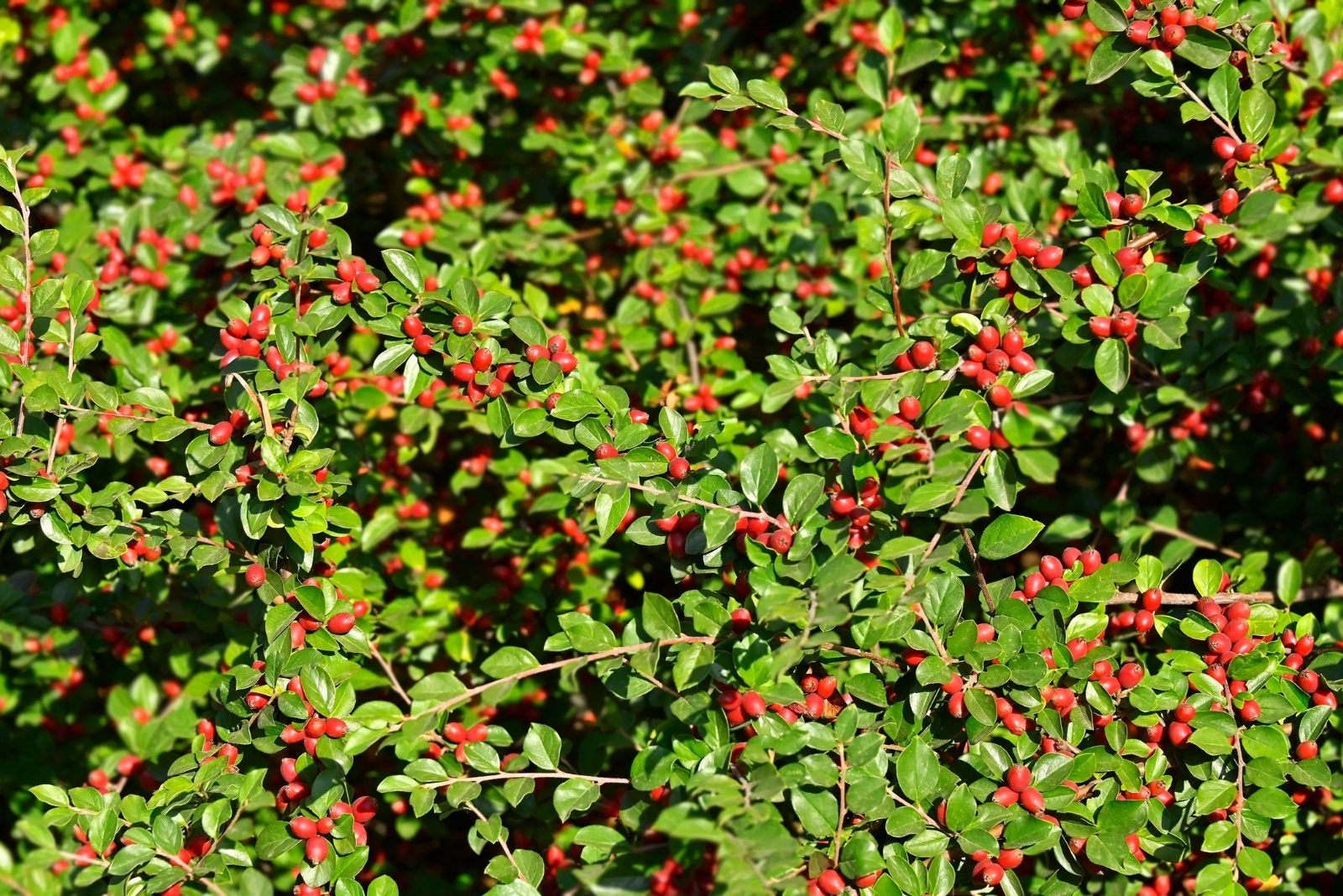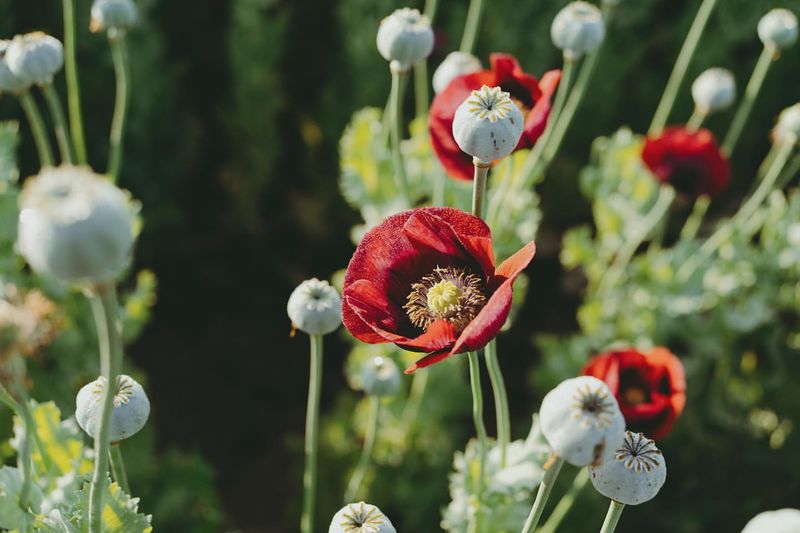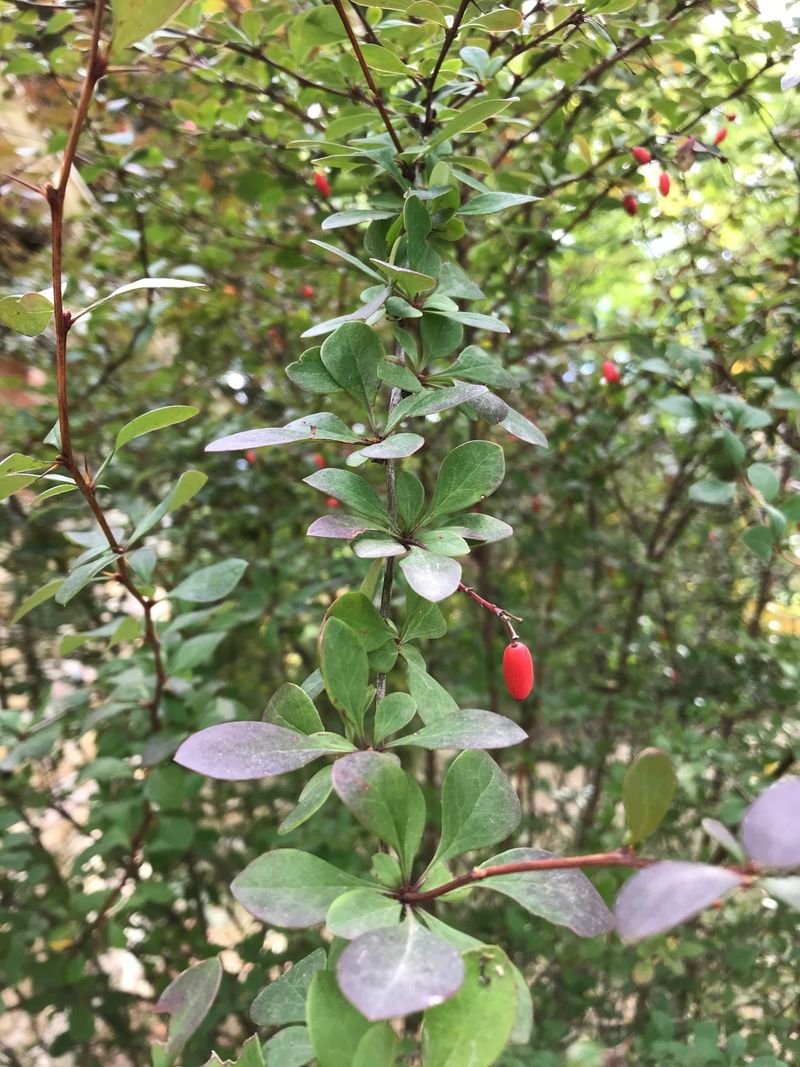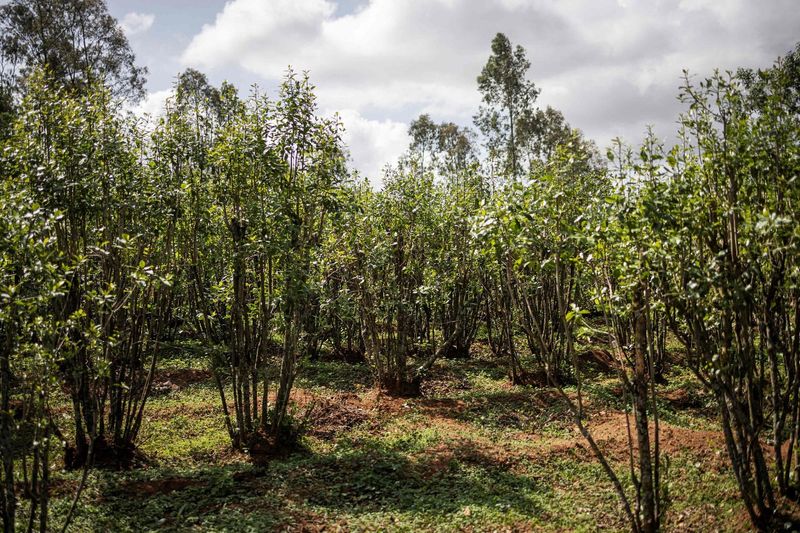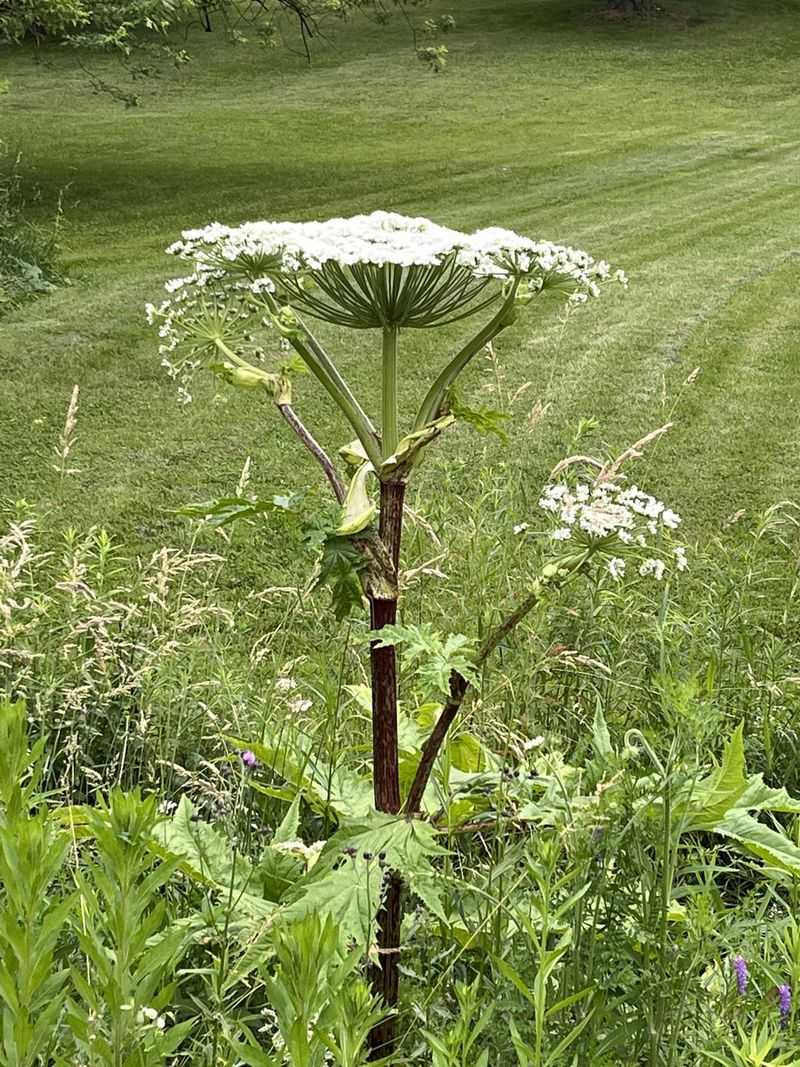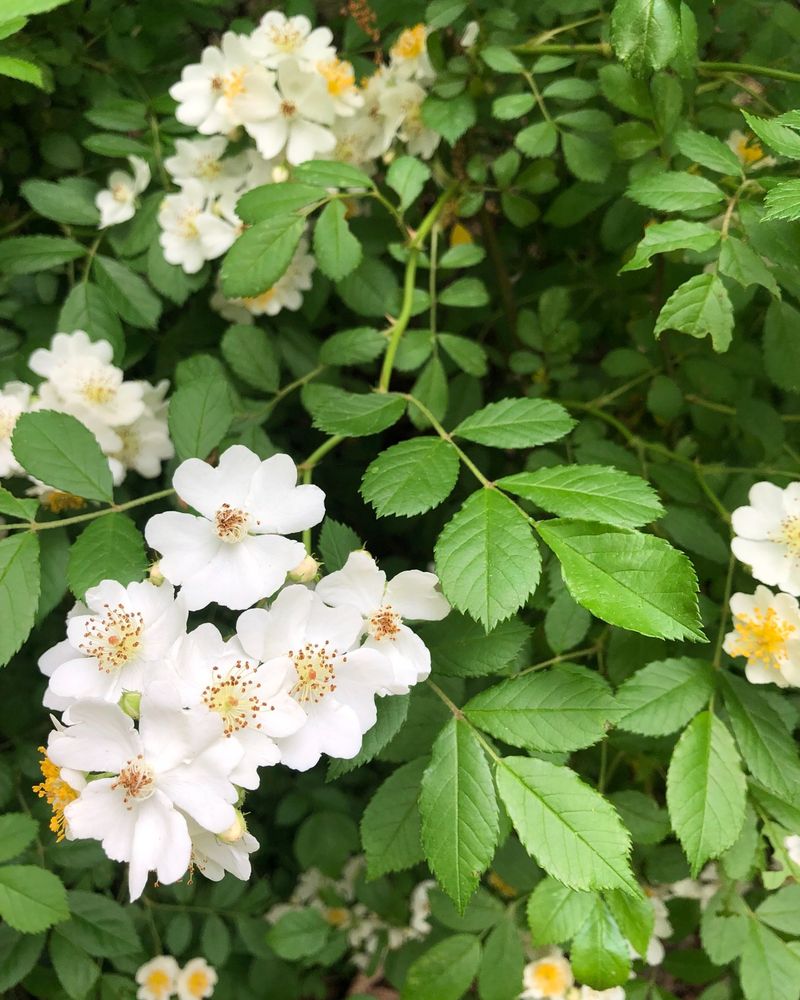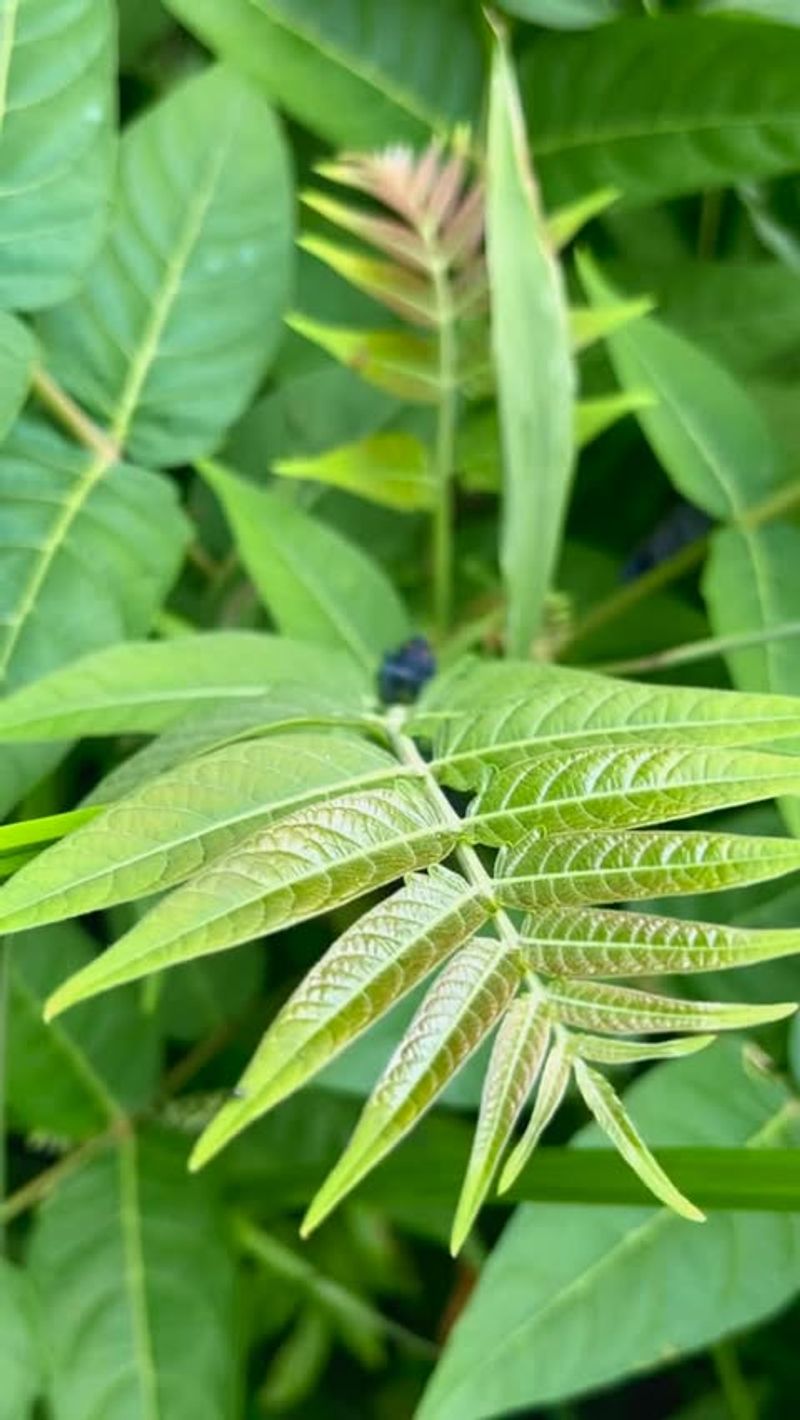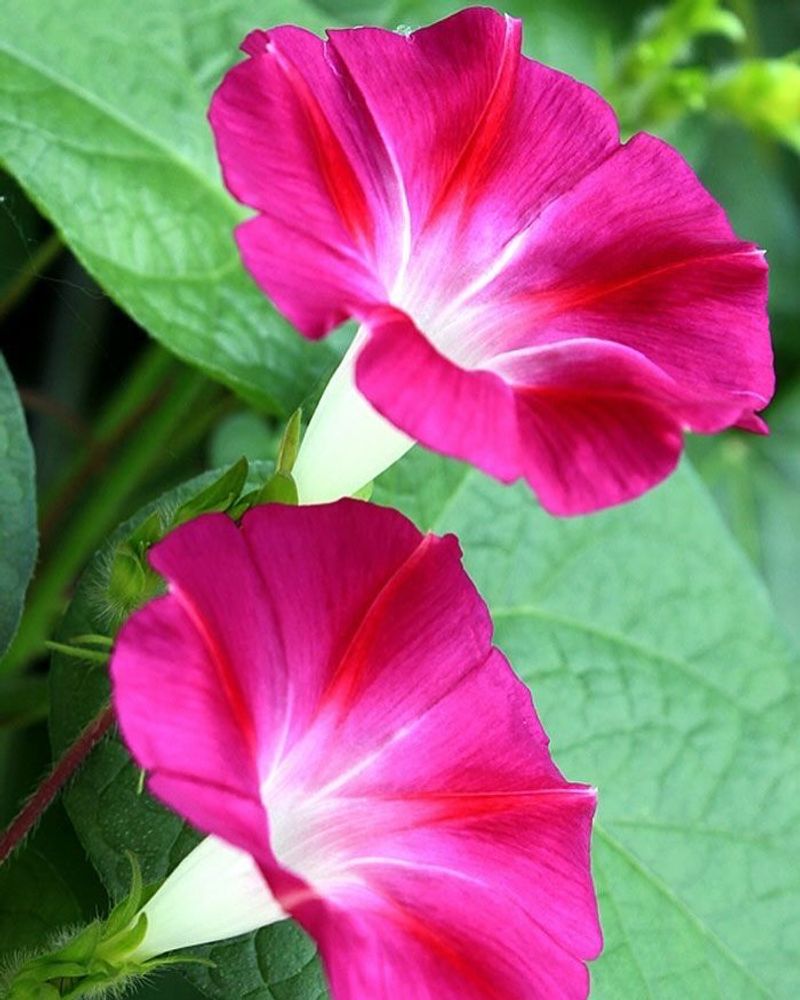You might think your backyard garden in Ohio is harmless, but some crops are actually illegal to grow. From surprising plants to hidden rules, there’s a lot most gardeners don’t know.
It’s easy to overlook what’s allowed and what’s not until it’s too late. Learning the restrictions can help you stay out of trouble while still enjoying your garden.
Even a small patch of soil can hold some unexpected secrets.
1. Poppies
Growing certain varieties of poppies can actually get you in trouble in Ohio. The opium poppy (Papaver somniferum) contains compounds used to make narcotic drugs and is regulated under federal law.
Many Ohioans mistakenly plant these decorative flowers without realizing they’re cultivating a controlled substance. Even ornamental varieties can cause legal headaches if authorities determine they’re being grown for illegal purposes.
2. Japanese Barberry
This ornamental shrub with its attractive red berries seems innocent enough, but Ohio has restricted its planting due to its highly invasive nature. The thorny bush escapes gardens and chokes out native vegetation.
Many gardening centers throughout Ohio have stopped selling this plant entirely. The barberry creates perfect tick habitats, contributing to the spread of Lyme disease in the state’s woodlands and natural areas.
3. Callery Pear
Once a popular ornamental tree in Ohio neighborhoods, the Callery pear (including Bradford pears) is now banned from sale or planting. These trees spread aggressively into natural areas, forming impenetrable thickets.
Ohio’s Department of Agriculture officially prohibited these trees starting January 2023. Their beautiful white spring blossoms hide their destructive nature as they outcompete native species and reduce biodiversity throughout the state.
4. Khat
This East African plant contains cathine and cathinone, stimulants classified as controlled substances in the United States. Some Ohio residents with ties to Somalia, Yemen, or Ethiopia may attempt to grow it for cultural reasons.
Federal authorities actively monitor for khat cultivation throughout Ohio. The plant’s leaves are traditionally chewed for their stimulant effect, similar to strong coffee, but can lead to serious legal consequences for backyard growers.
5. Peyote
This small, spineless cactus contains mescaline, a powerful hallucinogen regulated under federal law. Despite its religious significance to some Native American traditions, growing peyote remains illegal for most Ohio residents.
Authorities occasionally discover these cacti in home gardens across the state. Even possessing a single peyote button can result in serious legal consequences under Ohio’s strict drug laws.
6. Giant Hogweed
This dangerous plant can reach heights of 14 feet and causes severe skin reactions when touched. Ohio has designated giant hogweed as a noxious weed, making it illegal to cultivate or transport.
State agricultural officials actively eradicate this plant when discovered in Ohio yards or properties. Contact with its sap can cause painful blisters and permanent scarring when exposed to sunlight.
7. Purple Loosestrife
With its beautiful purple flower spikes, this wetland invader seems like an attractive garden addition. However, Ohio strictly prohibits its cultivation as it aggressively overtakes native wetland habitats.
Each plant produces millions of seeds that spread rapidly throughout Ohio’s sensitive ecosystems. Wildlife officials actively remove these plants from natural areas, and homeowners can face penalties for intentionally growing them.
8. Poison Hemlock
This highly toxic plant resembles Queen Anne’s Lace but contains deadly compounds that can be fatal if ingested. Ohio lists poison hemlock as a noxious weed, making it illegal to cultivate.
The plant has spread throughout the state’s roadsides and natural areas. Even handling the plant without gloves can cause skin reactions for many Ohio residents, making it dangerous to have in any garden.
9. Salvia Divinorum
This member of the sage family contains potent psychoactive compounds and is banned in Ohio. Though it resembles ordinary garden sage, this plant produces powerful hallucinogenic effects when consumed.
Ohio specifically prohibited this plant through legislation targeting emerging drugs. While some neighboring states have different regulations, growing this sage variety in your Ohio garden could result in drug charges.
10. Multiflora Rose
Once promoted for erosion control and living fences, this aggressive rose is now banned throughout Ohio. Its dense thorny thickets form impenetrable barriers that crowd out native plants and take over pastures.
Ohio farmers struggle constantly with this invasive species. The plant produces thousands of seeds spread by birds, allowing it to rapidly colonize new areas across the state.
11. Tree-of-Heaven
Despite its heavenly name, this fast-growing tree is actually a nightmare for Ohio ecosystems. It releases chemicals that prevent other plants from growing nearby and spreads aggressively through both seeds and root sprouts.
Ohio conservation officials actively work to remove these trees from natural areas. The tree also serves as the primary host for the destructive spotted lanternfly, another serious invasive threat to the state.
12. Morning Glory
Certain varieties of morning glory contain compounds similar to LSD, making them restricted in Ohio. While common ornamental varieties are legal, Hawaiian Baby Woodrose and some other species are controlled.
Gardeners across Ohio may be surprised to learn their decorative vines could be problematic. The seeds of these specific varieties contain psychoactive compounds that place them under regulatory scrutiny in the Buckeye State.

